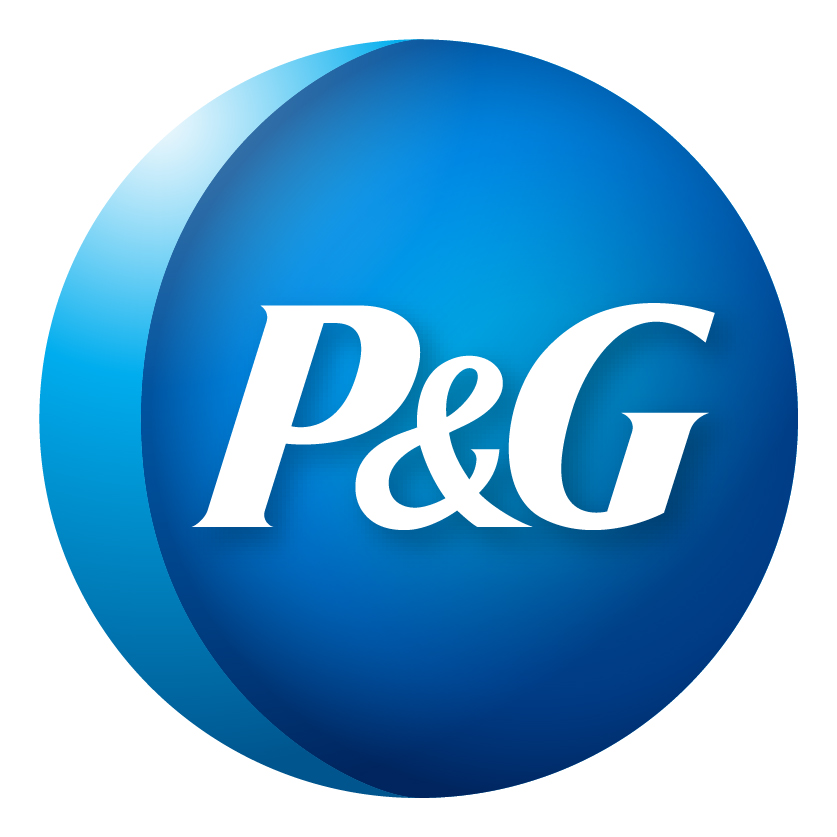The Language of Inclusion: P&G Recognizes International Day of Sign Languages
A few months ago, Scott Van Nice, a Deaf P&G employee in our GBS organization, bumped into colleague Becky Ante, GBS Vice President, and signed “Good morning” and “How are you?” After Scott explained what he’d said to her, she, and April Cecilia, IT Senior Vice President, had the idea to sponsor a professional 10-month American Sign Language (ASL) course, which now has more than two dozen P&G employees enrolled - with more to come - as it draws excited interest and inspires employees across the company.
Collectively, the world’s approximately 72 million D/deaf* persons use over 300 different sign languages (World Federation of the Deaf). This International Day of Sign Languages and every day, we honor P&G’s D/deaf community and hard of hearing consumers by taking action to ensure we create an inclusive environment that enables us to uniquely see the people we serve and to uniquely serve the people we see—and develop the superior products our consumers rely upon in their daily lives.
Our company values are best expressed through our employees. It's vital to us that they are supported and feel free to show up as 100% their authentic selves. This means creating an environment of diversity and inclusion - one where we build on our unique differences to strengthen our company and widen its positive impact in the world.
Creating Inclusive Spaces for Everyone to Work
P&G’s Iowa City plant has become an incredible model of inclusivity in action. Currently, the plant has four Deaf employees, including Hannah Meyer who is driving a culture of inclusivity with other D/deaf employees by making great progress to ensure manufacturing is safer and more inclusive for deaf employees - and thereby - more efficient, safer and smarter for all employees.
Instead of only alarms sounding to alert teams as would happen in a typical plant, in Iowa City, adaptations have been made that include smart watches that buzz employees and television screens that display messages to alert employees of potential hazards and provide important updates. In the Practice Team Rooms, Iowa City also has ASL signage to teach other employees at the plant. They’ve also brought on a contract sign language interpreter to facilitate team communication and help colleagues learn to sign.
Harnessing inclusive leaders and trail blazing talent
We currently also have several D/deaf full-time employees at our Cincinnati headquarters and are intentionally growing this number. With leadership from P&G’s deaf community, we’re recruiting talented new team members to push the envelope on creative approaches to building a pipeline of new D/eaf and hard of hearing talent. As part of this, we have activated partnerships with universities, including Gallaudet University and Rochester Institute of Technology with National Technical Institute for the Deaf, and for the past two summers, students from each program have worked at P&G. These young trailblazers have brought unique perspectives and have given valuable input into many areas of our business. This includes updates for the P&G STEM website, designing creative logos like the P&G logo in ASL and providing insights into P&G’s interview process to ensure D/eaf employee candidates are set up to succeed.
Be inspired by a video P&G’s interns produced themselves about what they shared and learned this summer.
P&G’s D/eaf and hard of hearing community demonstrates the many facets of diversity and inclusivity and helps us to live out our commitment to our employees, and our commitment to you - our consumers. We’re making progress each day, and we’re committed to creating an environment where the opportunity to contribute, grow and succeed is available to everyone.
Learn more about how P&G is building an inclusive world, from the inside-out: https://us.pg.com/people-with-disabilities/.
*The 'uppercase D' Deaf is used to describe people who identify as culturally Deaf and are actively engaged with the Deaf community. Deaf with a capital D indicates a cultural identity for people with hearing loss who share a common culture and who usually have a shared sign language.

